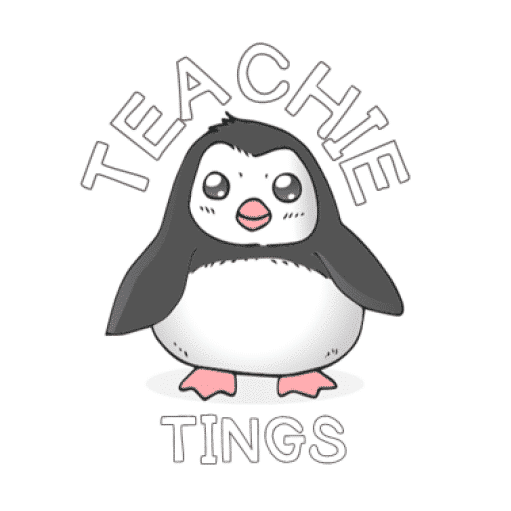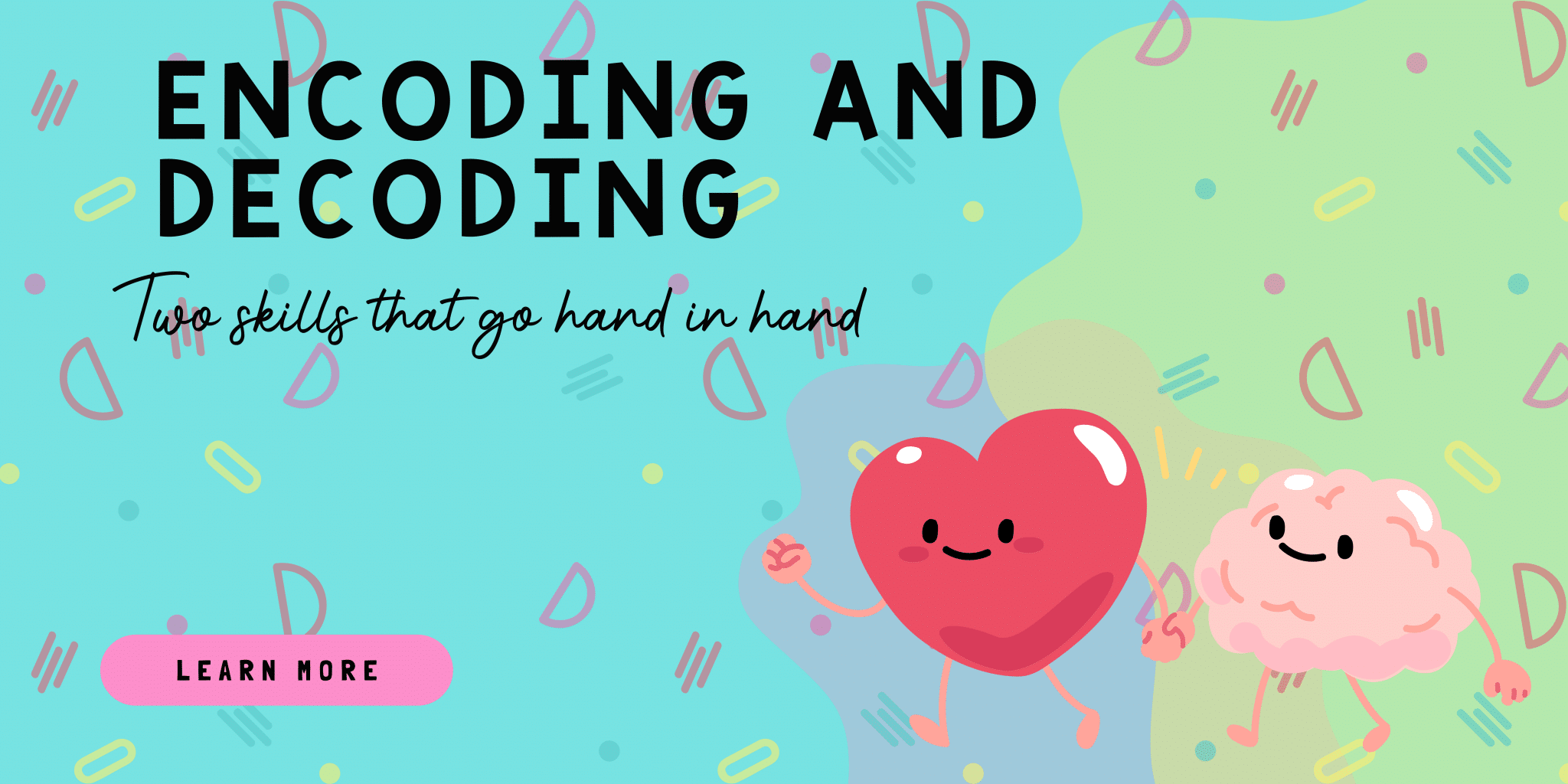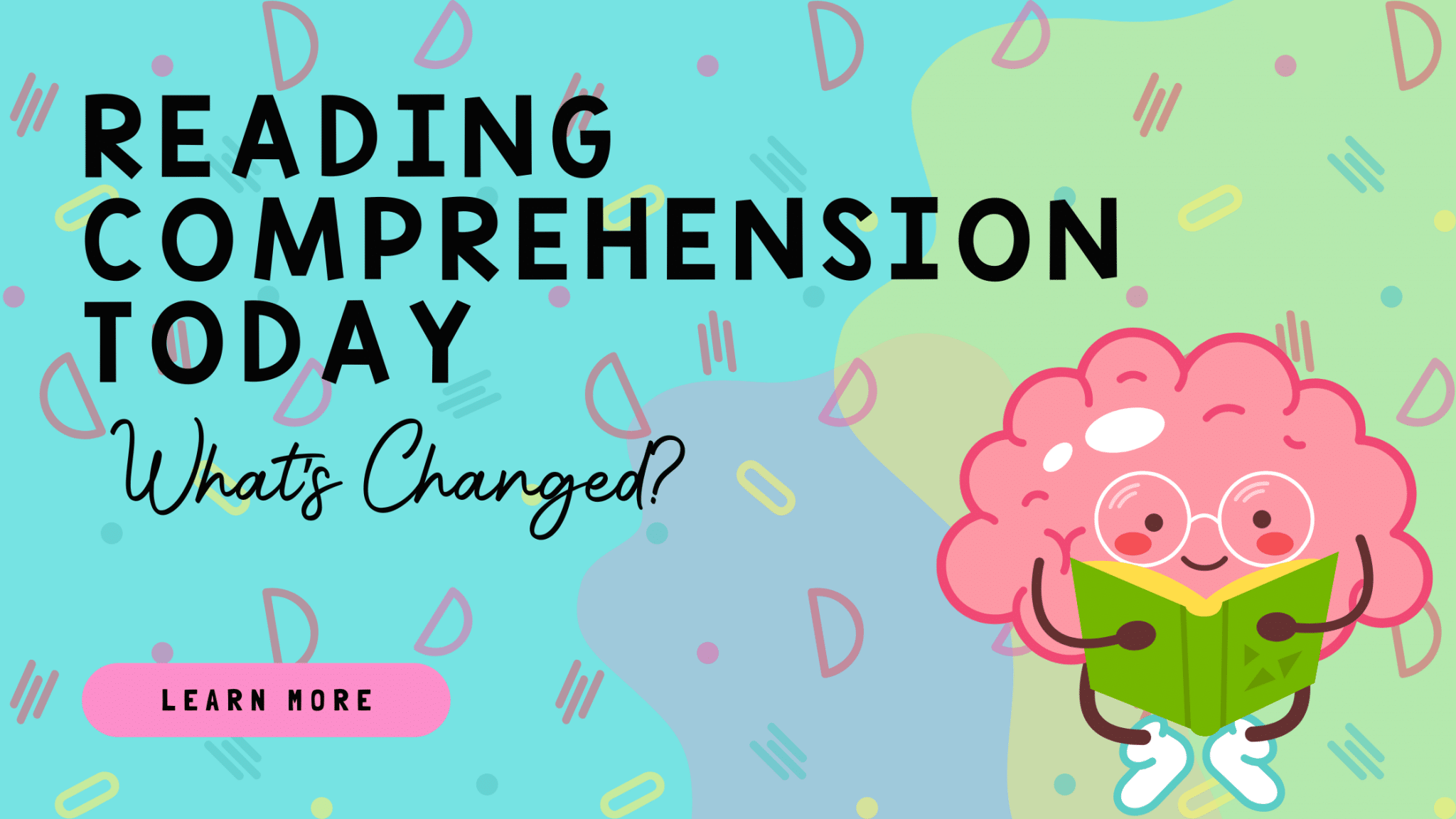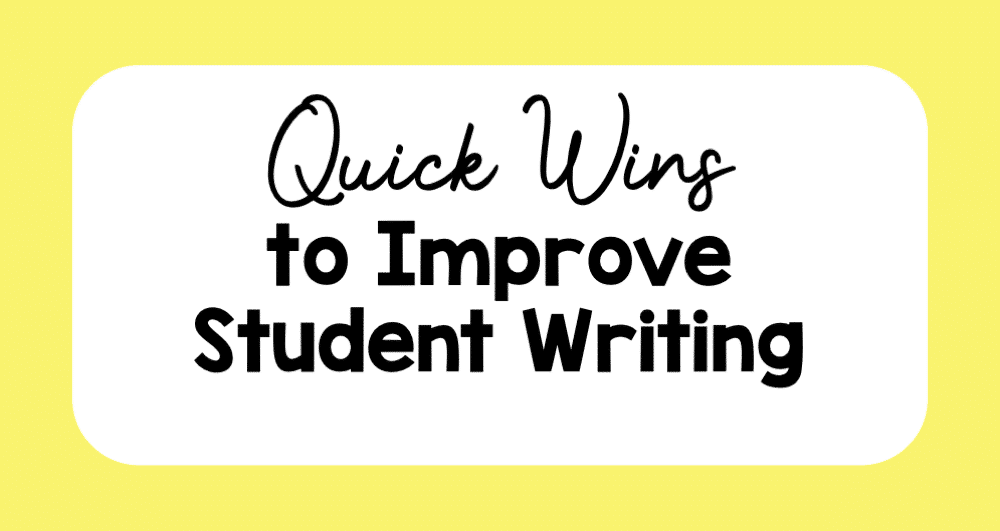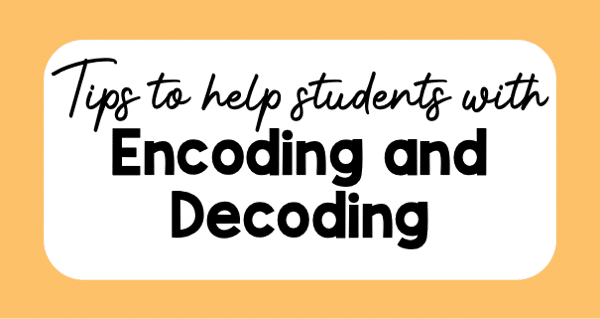
It’s a common complaint among teachers: “My students can read but their writing is terrible!” or “My students can’t decode but they can encode! I’m so frustrated!” If only we had a dollar for every time we heard this! The truth is, there’s a crucial balance missing in many classrooms – the balance between decoding […]
